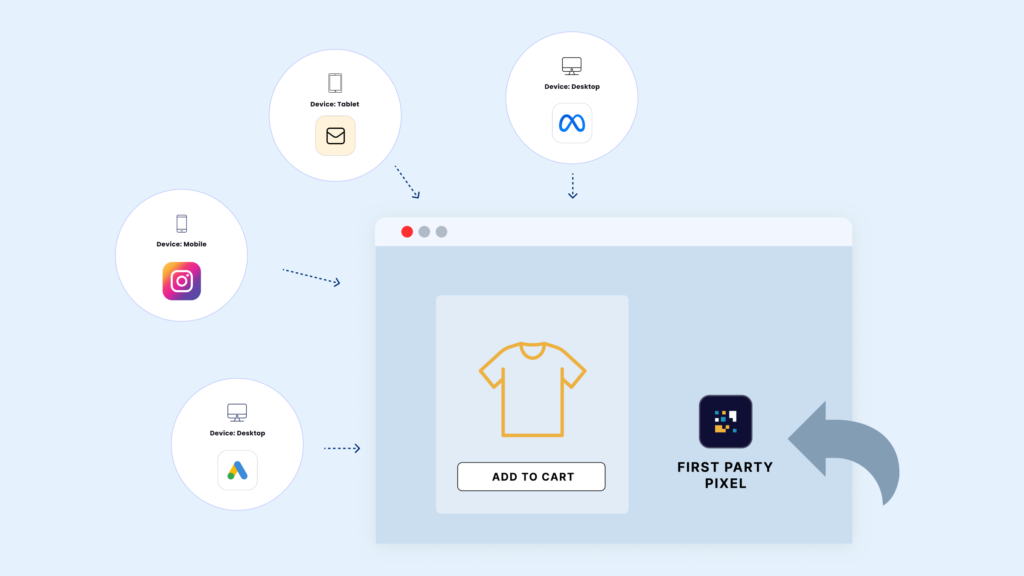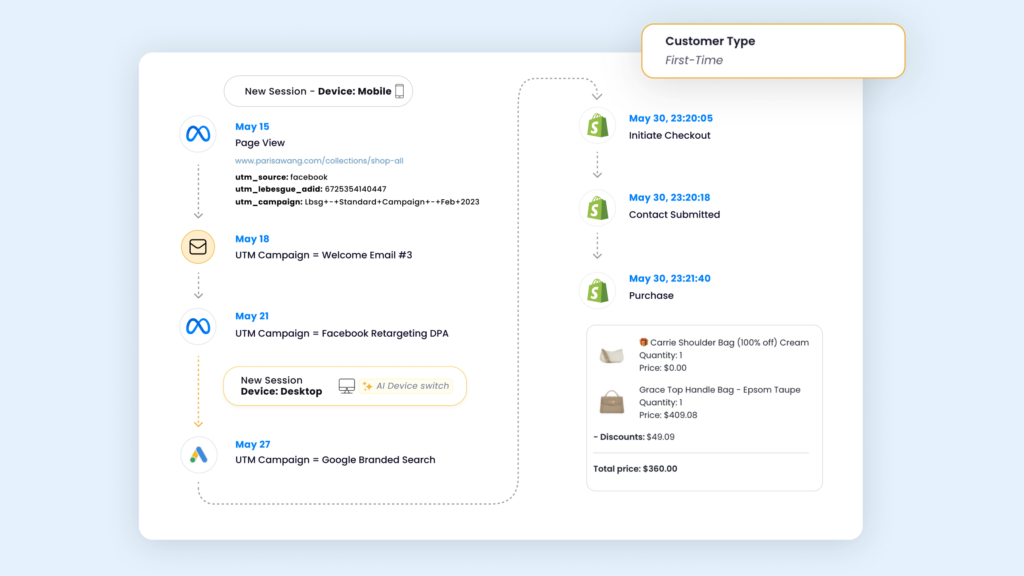Ever wonder which of your marketing efforts actually bring in the sales? It can be tricky to figure out. That’s where something called Shapley values comes in handy. It’s a smart way to give fair credit to all your marketing channels.
What Exactly Are Shapley Values?
Shapley values started in game theory. Imagine a team working together to win a prize. How do you split the prize fairly based on each person’s effort? Shapley values figure that out. They look at every way the team could have worked together. Then, they calculate each player’s average contribution to the win. It’s all about fairness.

Giving Your Marketing Channels Fair Credit
In marketing, your channels like social media, email, or TV ads are the “players.” The “prize” is a customer buying something or signing up. Shapley values help you see how much each channel helped make that happen. This is super useful for what’s called multi-touch attribution (MTA).
Old ways of tracking, like giving all credit to the first or last ad a customer saw, aren’t very accurate. Shapley values look at the whole customer journey. They see how all your channels work together. This means you get a much clearer picture of which channels are doing the heavy lifting. You can even see which channels are best at grabbing attention, building interest, or closing the deal.
Peeking Inside Complex Marketing Models
Marketers today often use powerful computer models to plan their strategies. These models can be really good but also like “black boxes” – hard to understand why they make certain predictions. Shapley values, often called SHAP when talking about these models, help open that box.
SHAP values show you which pieces of information your model used to make a decision. For example, it can show which marketing efforts had the biggest impact on sales. You can see how spending more on one channel might change your results. It can even find combinations of channels that work really well together, even if they don’t seem strong on their own. This helps you trust your models and make better choices.
Shapley Values in eCommerce: Boosting Online Sales
If you run an eCommerce business, Shapley values can be a real game-changer. You’re likely using many online channels: paid ads, social media, email campaigns, influencer posts, and organic search. Shapley values help you see exactly which of these touchpoints are most effective in guiding shoppers to click “buy now.”
Think about it. You can find out which specific Facebook ad or email sequence really drives sales. It also helps understand the value of different steps. Maybe that blog post isn’t a direct sales driver, but Shapley values can show it plays a key role early in a customer’s journey. This info helps you spend your ad budget smarter. You can also use these insights to figure out which products to feature more prominently or how to optimize your website’s layout to encourage more purchases. It’s all about understanding those online paths customers take.

So, How Does the Math Actually Work (Without Getting Too Scary!)?
Alright, there’s a formula behind Shapley values. It might look a bit intense at first glance, but the idea driving it is pretty straightforward. The formula for the Shapley value of a specific channel (let’s call it channel i) is:

Whoa, let’s break that down into simpler bits:
- ϕi(v): This is just the Shapley value for our channel i. It’s the fair share of credit we want to find.
- N: This is the whole gang of your marketing channels. Like Email, Social Media, PPC ads – all of them.
- S: This is any possible smaller group (a subset) of your marketing channels that doesn’t include channel i.
- v(S): This is the total value (like sales or conversions) that a specific group of channels S achieved without channel i.
- v(S∪{i}): This is the total value achieved when channel i joins that group S.
- (v(S∪{i})−v(S)): This bit is key. It’s the extra value, or “marginal contribution,” that channel i brought when it was added to group S.
- The fraction part ∣N∣!∣S∣!(∣N∣−∣S∣−1)!: This is a clever weight. It makes sure we average the channel’s contribution fairly across all possible team combinations and orders in which channels could appear. The “!” means factorial (like 3!=3×2×1).
So, in plain English: To get a channel’s Shapley value, you look at every possible team-up of other channels. For each team-up, you see how much extra value (sales, conversions) your channel added when it joined. Then, you average all those “extra values” in a special weighted way. That average is its fair share.
How Marketers Use This Idea
- List Your Channels (Players): Identify all the marketing touchpoints you use (e.g., email, Google Ads, Facebook, organic search, affiliate links).
- Define Your Goal (Value): What outcome are you measuring? This is often conversions, revenue, or leads.
- Track Customer Journeys: Collect data on which combinations of channels customers interacted with before they converted. This helps you know the v(S) for different channel combinations.
- Calculate Added Value: For each channel, figure out the extra conversions or revenue it brought when it was part of various customer journeys.
- Apply the Shapley Logic: The formula essentially automates the process of considering all combinations and averaging out the contributions to give each channel a score.
- Get Your Insights: The resulting Shapley values show you the average impact of each channel. Now you can see which ones are your heavy hitters, which are good supporting players, and make smarter budget decisions.
While you might use software or tools to do the heavy number-crunching, understanding this logic helps you see why it’s such a fair way to assign credit.
Why Are Shapley Values a Big Deal?

Shapley values are a game-changer for a few simple reasons. They offer a fair way to see what’s working. They understand that marketing channels don’t work alone; they team up. This helps you make smarter plans, spend your budget wisely, and get better results. It’s about knowing the true impact of every part of your marketing.
While they can need a good amount of data and computer power, the insights they give are often worth it because they take the guesswork out of understanding your marketing.
They help you give credit fairly and see how all your efforts contribute to your goals. By knowing what truly works, you can fine-tune your strategy and make your marketing even better.
Shapley Values FAQ'S
What are Shapley Values in simple terms?
Shapley Values are a fair way to figure out how much each part of a team contributed to a shared success. In marketing, they show how much each channel helped get a sale.
How do Shapley Values help in marketing?
They help attribute sales to the right marketing channels fairly. They also explain how complex marketing prediction models make their decisions.
What is marketing attribution?
Marketing attribution is figuring out which marketing touchpoints get credit for a customer’s conversion, like a purchase. Shapley values provide a data-driven way to do this.
What are SHAP values?
SHAP values are an application of Shapley values used to explain the output of machine learning models. They show how much each feature (like ad spend on a channel) influenced a prediction.
Are Shapley Values better than first-touch or last-touch attribution?
Yes, they are generally considered more accurate because they look at the contribution of all touchpoints across the entire customer journey, not just one.
Can Shapley Values show how marketing channels work together?
Absolutely. They are designed to account for the combined impact of different channels and how they influence each other.



